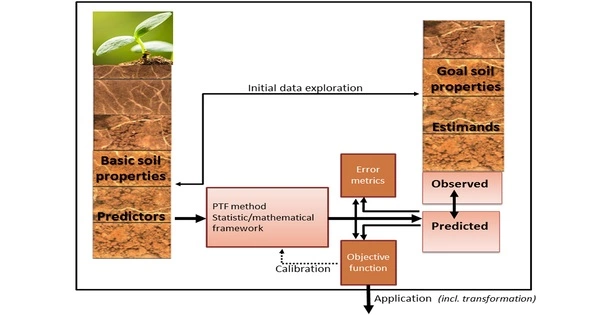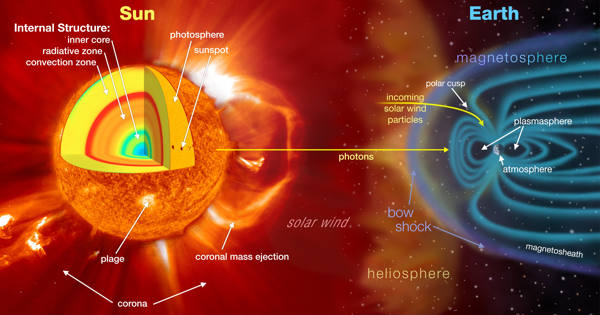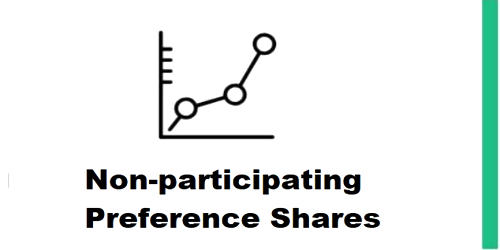Pedotransfer functions (PTF) in soil science are prediction functions of specific soil qualities based on data from soil surveys. PTFs are mathematical models or equations used in soil science and hydrology to estimate various soil qualities and features based on easily observed soil data that is readily available. These functionalities allow for the prediction of soil qualities that would otherwise be time-consuming or expensive to measure directly in the field or laboratory.
Johan Bouma invented the term pedotransfer function to describe the process of converting data into what we require. A soil survey provides the most readily available data, such as field morphology, soil texture, structure, and pH. The basic idea behind pedo transfer functions is to estimate more complicated soil qualities using simple, commonly accessible soil information such as soil texture (the relative proportions of sand, silt, and clay), bulk density, organic matter concentration, and moisture content.
Some of the key soil properties that pedo transfer functions can predict include:
- Hydraulic properties: Soil hydraulic conductivity (permeability), soil water retention characteristics (e.g., the soil moisture retention curve), and soil hydraulic diffusivity are examples of these. These qualities are critical for understanding water movement in soil, which is significant for irrigation management, estimating groundwater recharge, and hydrological modeling.
- Soil organic carbon content: PTFs can quantify the amount of organic carbon in the soil, which is important for understanding soil fertility, carbon sequestration, and the role of the soil in the global carbon cycle.
- Soil pH: Soil pH is a measure of the soil’s acidity or alkalinity and can impact nutrient availability and microbial activity in the soil. PTFs can help estimate soil pH based on other readily available soil properties.
- Cation exchange capacity (CEC): CEC is a measure of a soil’s ability to retain and exchange cations (positively charged ions) and is important for understanding nutrient availability to plants. PTFs can estimate CEC based on soil texture and organic matter content.
Pedotransfer functions provide value to this fundamental knowledge by converting it into estimations of more difficult and expensively determined soil attributes. These functions bridge the gap between accessible soil data and the qualities that are more relevant or required for a certain model or quality evaluation. Pedotransfer functions use various regression analysis and data mining techniques to identify rules that link basic soil parameters to more difficult-to-measure qualities.
Although not formally acknowledged and named until 1989, the concept of the pedotransfer function has long been used to estimate difficult-to-determine soil qualities. For estimating difficult-to-measure soil qualities, many soil science organizations have their own (unofficial) rule of thumb. The most extensive study in building PTFs has probably been for the calculation of water retention curve and hydraulic conductivity due to the special complexity, expense of measurement, and availability of vast databases.












